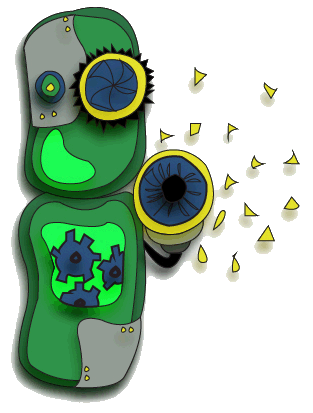Team:BIOSINT Mexico/Project
From 2013.igem.org
| Home | Team | Project | Parts | Modeling | Human Practice | Notebook | Extras |
|---|
Contents |
Project Description
Probiotics are by definition “living organisms that, when administered in the proper amounts, can provide a beneficial effect to the health of its host” (FAO/WHO, 2001). They have been attributed many applications over the years, from curing gastritis, to providing an effective therapy against cancer development, and even to controlling our actions and feelings. Nevertheless, when we took a deep inside to how these mechanisms work, we found that most of them are not fully understood, and the ones we do are extremely specific, to the point that they vary within subspecies of the same strain of bacteria.
This year, our project will consist on taking the working parts of some of the mechanisms that have the greatest impact into the host’s health and translate them into functional biobricks, and to express them into our new chassis that fulfills the standards required for its use in synthetic biology. The main focus will be developing consists on adapting a previously described xenobiotics sensor to our chassis for its use in health industry and with a potential application into other sectors.
We will also develop a killing mechanism for our chassis, so it can be further use by other iGEM teams without being a potential biosafety risk.
Over the years, there’ve been several iGEM projects with the potential of translating into commercial products as probiotics. However, we’ve found that really few of them have achieved that goal. We believed that one of the reasons is that iGEM teams do not use lactobacilli as a chassis, and trying to adapt their system once it is design might not be as easy as it seems. We will contribute with their previous efforts by trying to further characterize their parts in our chassis, and making the proper modifications so they can work properly in it.
 "
"
